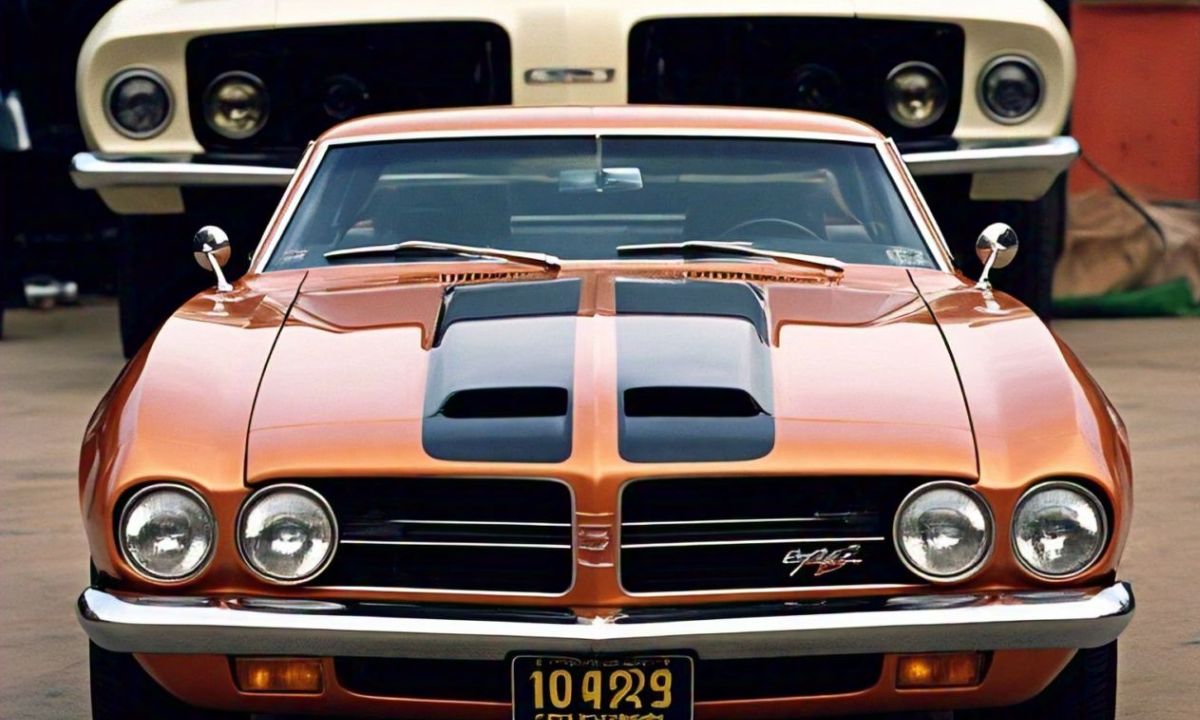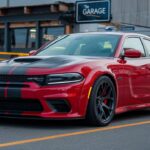Introduction
Muscle cars are iconic vehicles known for their extraordinary power, aggressive styling, and rich history in American automotive culture.
These cars, primarily produced during the 1960s and 1970s, are a true testament to engineering that blended speed, aesthetics, and power. The muscle car era saw the rise of legendary vehicles that not only revolutionized the car industry but also captured the hearts of enthusiasts worldwide.
Muscle cars were built to compete with each other in terms of power, speed, and performance, with manufacturers like Chevrolet, Ford, Pontiac, Dodge, and Plymouth leading the charge.
The raw power of these vehicles made them a symbol of American automotive excellence. In this article, we explore the top 12 muscle cars that defined this golden era, highlight their powerful engines and performance capabilities, and delve into why these machines continue to captivate automotive enthusiasts.
What Defines a Muscle Car?
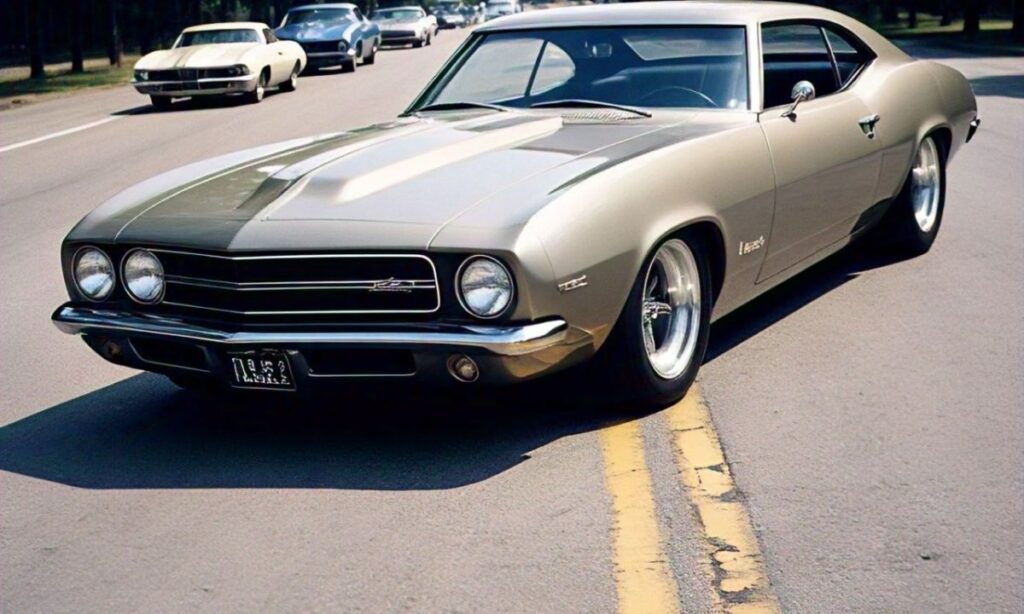
Muscle Cars Overview
| Muscle Car | Engine | Horsepower | Year |
| 1970 Plymouth Hemi ‘Cuda | 426 Hemi V8 | 425 hp | 1970 |
| 1969 Dodge Charger R/T | 440 Magnum V8 | 375 hp | 1969 |
| 1970 Chevrolet Chevelle SS 454 | 454 V8 | 450 hp | 1970 |
Muscle cars are traditionally American-made, high-performance vehicles that are typically equipped with large, powerful V8 engines. These cars were designed to provide exceptional speed and power, with an emphasis on straight-line acceleration. The muscle car era flourished in the 1960s and 1970s when manufacturers pushed the boundaries of performance, creating cars that were as much about raw power as they were about bold styling.
Key characteristics of a muscle car include:
Engine Performance
| Muscle Car | Engine | Horsepower | Year |
| 1969 Pontiac GTO | 400 V8 | 360 hp | 1969 |
| 1969 Ford Mustang Boss 429 | 429 V8 | 375 hp | 1969 |
| 1970 Oldsmobile 442 W-30 | 455 V8 | 370 hp | 1970 |
- Powerful V8 engines: Muscle cars typically come with a V8 engine that delivers a lot of horsepower, making them capable of incredibly fast speeds and rapid acceleration.
- Aggressive design with bold lines: A key design element of muscle cars is their large, aggressive looks. With wide fenders, bold grilles, and low stances, these cars demand attention.
- Affordable pricing relative to performance: Compared to European and exotic sports cars of the same era, muscle cars offered high performance at a relatively affordable price, making them accessible to a broader audience.
- Focus on acceleration and speed: While many performance cars focus on handling and track capabilities, muscle cars were all about straight-line speed, designed for drag racing and dominating the streets.
Muscle cars quickly became the epitome of performance, speed, and style. Their place in American pop culture is cemented through movies, music, and racing events.
Read this blog https://robbreport.com/motors/cars/gallery/25-greatest-muscle-cars-1234867352/1968-mercury-cyclone-gt/
Top 12 Muscle Car Legends
Exclusive Models
| Muscle Car | Engine | Horsepower | Year |
| 1970 Buick GSX Stage 1 | 455 V8 | 360 hp | 1970 |
| 1969 Dodge Charger Daytona Hemi | 426 Hemi V8 | 425 hp | 1969 |
| 1970 Pontiac GTO Judge Ram Air IV | 400 V8 | 370 hp | 1970 |
Let’s dive into the top 12 muscle cars that set the standard for performance and style in the muscle car era. Each of these vehicles stands as a testament to the innovation, power, and style that defined the golden age of American muscle.
0 .1970 Plymouth Hemi ‘Cuda
Engine: 426 Hemi V8
Horsepower: 425 hp
Performance: Known for its aggressive styling and exceptional acceleration, the ‘Cuda is one of the most celebrated muscle cars.
The 1970 Plymouth Hemi ‘Cuda remains an icon in the muscle car world, recognized for its powerful engine and striking design. Its 426 Hemi V8 engine pushed the boundaries of muscle car performance. This car is a standout in terms of both speed and styling, with its bold, aggressive looks and the raw power it exuded on the road. The ‘Cuda was designed not just to compete but to dominate, and its legacy has been cemented as one of the most coveted muscle cars in automotive history.
- 1969 Dodge Charger R/T
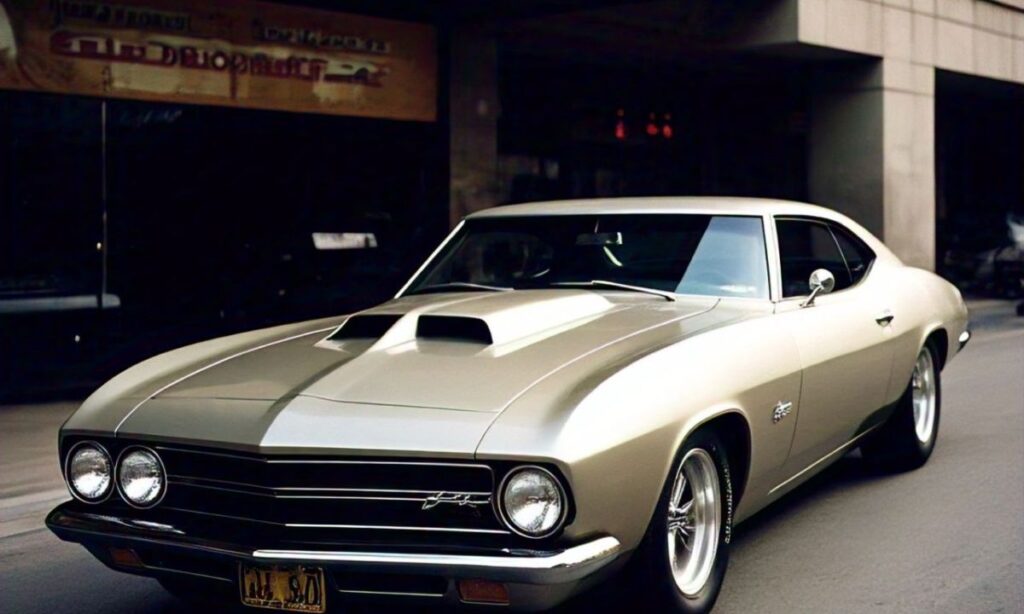
Engine: 440 Magnum V8
Horsepower: 375 hp
Performance: A favorite among muscle car enthusiasts, the Charger R/T combined bold design and impressive performance on the road.
Equipped with a 440 Magnum engine, the 1969 Dodge Charger R/T made waves with its aggressive looks and powerful performance. It was widely appreciated for its muscular stance and high-speed capabilities. The Charger R/T was a symbol of muscle car engineering, with its high-performance engine and sleek lines that made it one of the most recognizable vehicles of the era. The Charger was often seen in pop culture, particularly in the famous TV series “The Dukes of Hazzard,” where its legendary performance was put to the test in countless action-packed scenes.
2. 1970 Chevrolet Chevelle SS 454
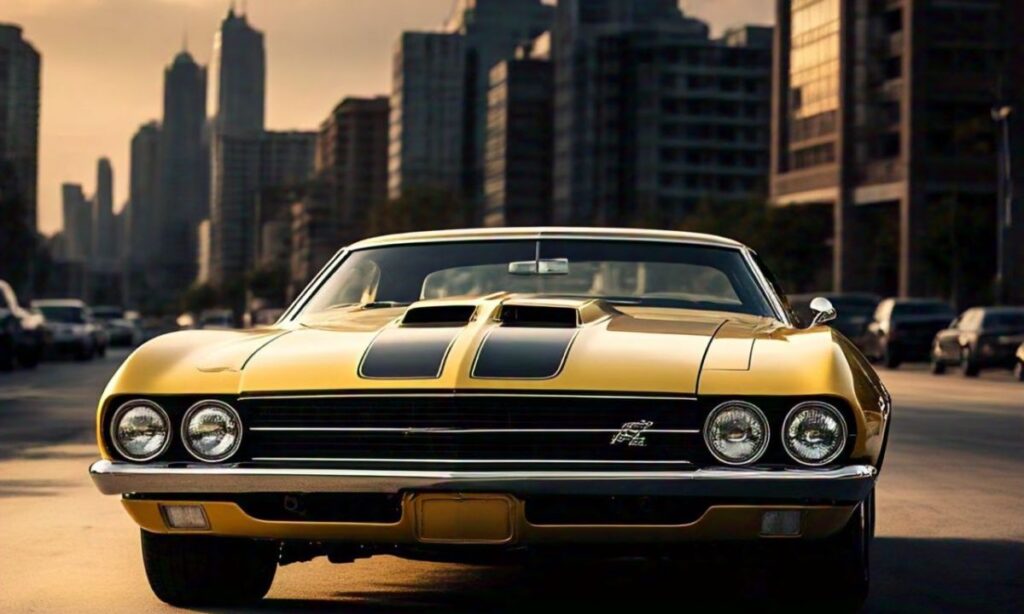
Engine: 454-cubic inch V8
Horsepower: 450 hp
Performance: The Chevelle SS 454 delivered exceptional power and acceleration, making it a standout in the muscle car market.
The 1970 Chevrolet Chevelle SS 454 was one of the most powerful vehicles of its time. With a 454-cubic inch V8 engine producing 450 horsepower, it could easily leave other muscle cars in its wake. This car was not just about raw power, but also about handling. Its suspension and braking systems were engineered to handle the immense power of the engine, making it one of the most well-rounded muscle cars ever built. Its sleek styling and remarkable performance earned it a place in the hearts of muscle car fans everywhere.
3. 1969 Pontiac GTO
Engine: 400-cubic inch V8
Horsepower: 360 hp
Performance: Often considered the first true muscle car, the GTO set the standard for American performance vehicles.
The 1969 Pontiac GTO is credited as the first muscle car to define the genre, offering a perfect combination of speed, design, and affordability. Its introduction helped shape the muscle car landscape, inspiring other manufacturers to follow suit. The 400 V8 engine and its lightweight design allowed for excellent performance, making it a dominant force in both street racing and muscle car competitions.
4. 1969 Ford Mustang Boss 429
Engine: 429-cubic inch V8
Horsepower: 375 hp
Performance: Known for its high-performance capabilities, the Boss 429 was a powerhouse on the streets and tracks alike.
The 1969 Ford Mustang Boss 429 was a performance beast, designed for both street and racing conditions. Its 429 V8 engine and stylish design made it a coveted piece of automotive history. The Boss 429 was built to take on the big dogs in the muscle car world, and it did so with incredible precision and power. Its rarity and special design features have made it one of the most sought-after muscle cars among collectors.
5. 1970 Oldsmobile 442 W-30
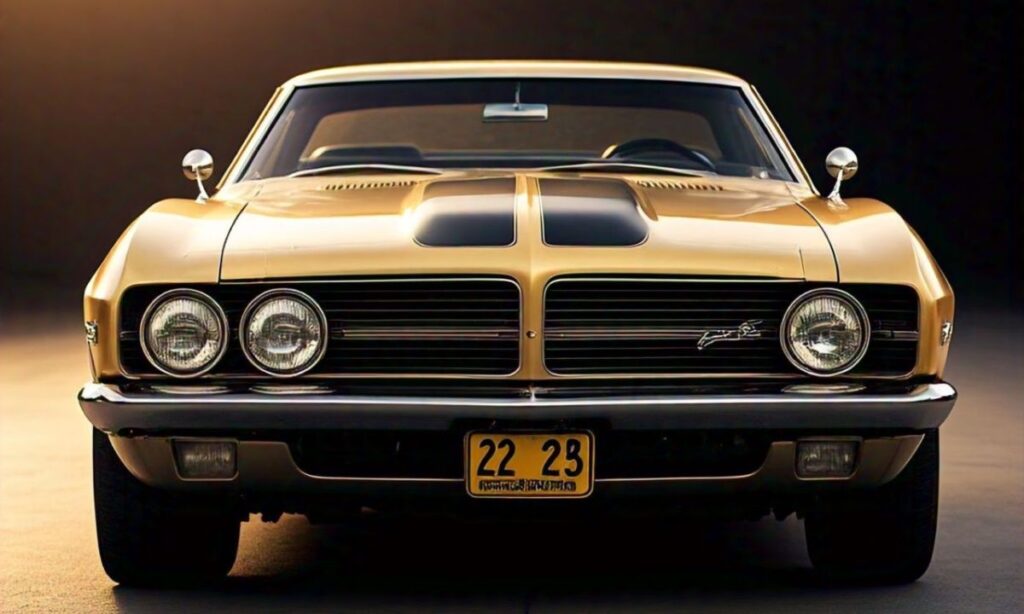
Engine: 455-cubic inch V8
Horsepower: 370 hp
Performance: The 442 W-30 provided a balanced combination of power and handling, making it a well-rounded muscle car.
The 1970 Oldsmobile 442 W-30 is known for offering a balance between speed and road handling, making it ideal for both performance and comfort. The 442 W-30 had a robust 455 V8 engine, delivering enough power to compete with other top muscle cars of the time. Its combination of style, performance, and handling made it a popular choice for muscle car enthusiasts who wanted the best of both worlds.
6. 1970 Buick GSX Stage 1
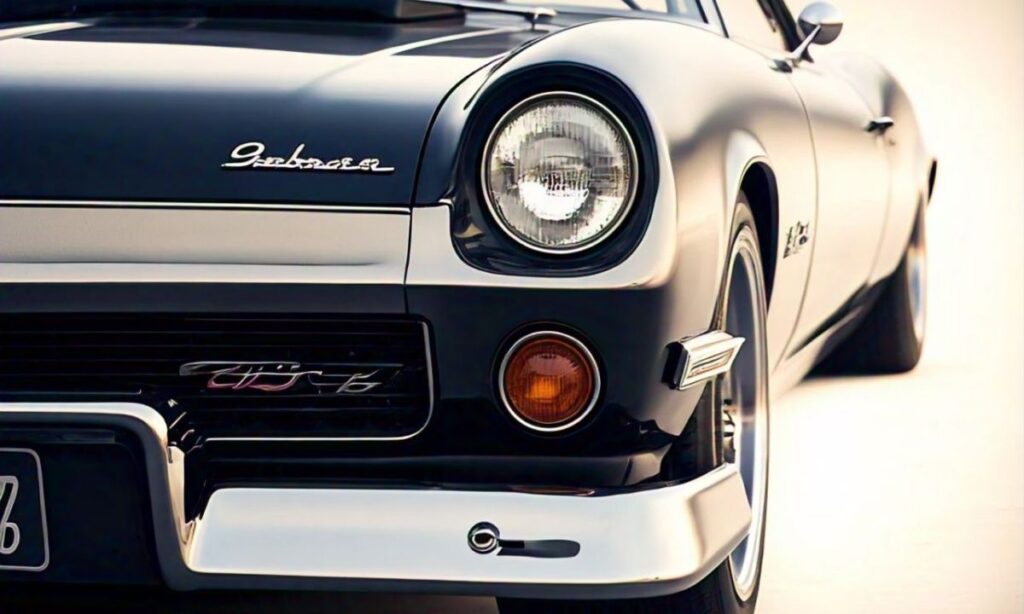
Engine: 455-cubic inch V8
Horsepower: 360 hp
Performance: The Buick GSX Stage 1 combined muscle car performance with luxury features, a rare combination during the muscle car era.
Buick’s GSX Stage 1 stood out for its luxury and high performance, making it a favorite among muscle car lovers who sought both speed and comfort. This car was built for performance, with its 455 V8 engine delivering impressive power, while the luxury features made it a comfortable ride. The GSX Stage 1 was a car that combined two seemingly opposite qualities: high-end performance and luxury.
7. 1969 Dodge Charger Daytona Hemi
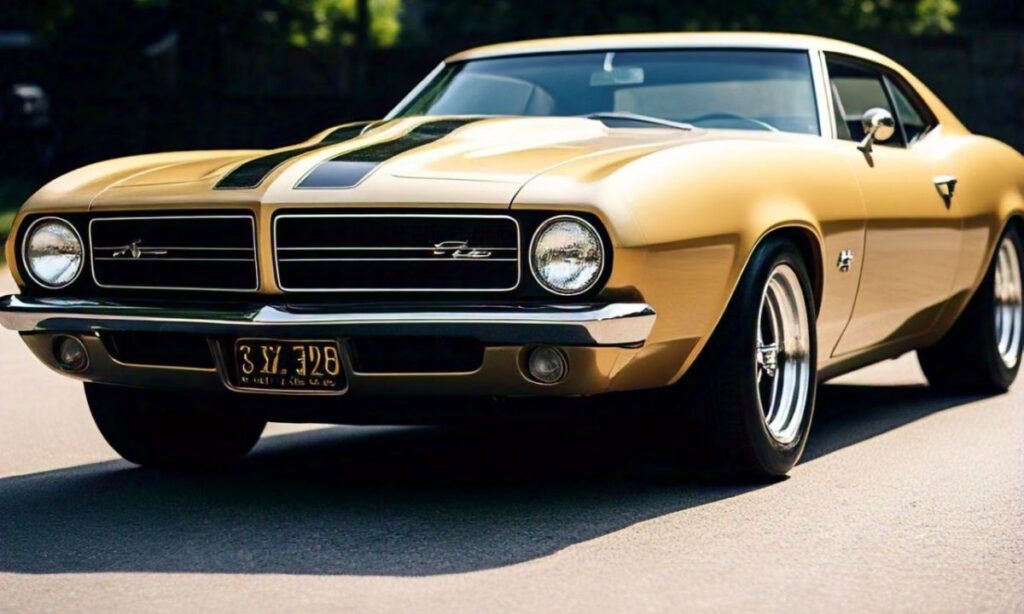
Engine: 426 Hemi V8
Horsepower: 425 hp
Performance: With its aerodynamic design and powerful engine, the Charger Daytona Hemi was a NASCAR legend.
Designed for NASCAR racing, the 1969 Dodge Charger Daytona Hemi showcased innovation with its aerodynamics and a powerful 426 Hemi engine. Its performance on the race track was unrivaled. The Daytona Hemi was designed with unique features that set it apart from other muscle cars, such as its signature wing and nose cone, which improved aerodynamics and helped achieve higher speeds. This car became a true legend, dominating the NASCAR circuits.
1970 Pontiac GTO Judge Ram Air IV
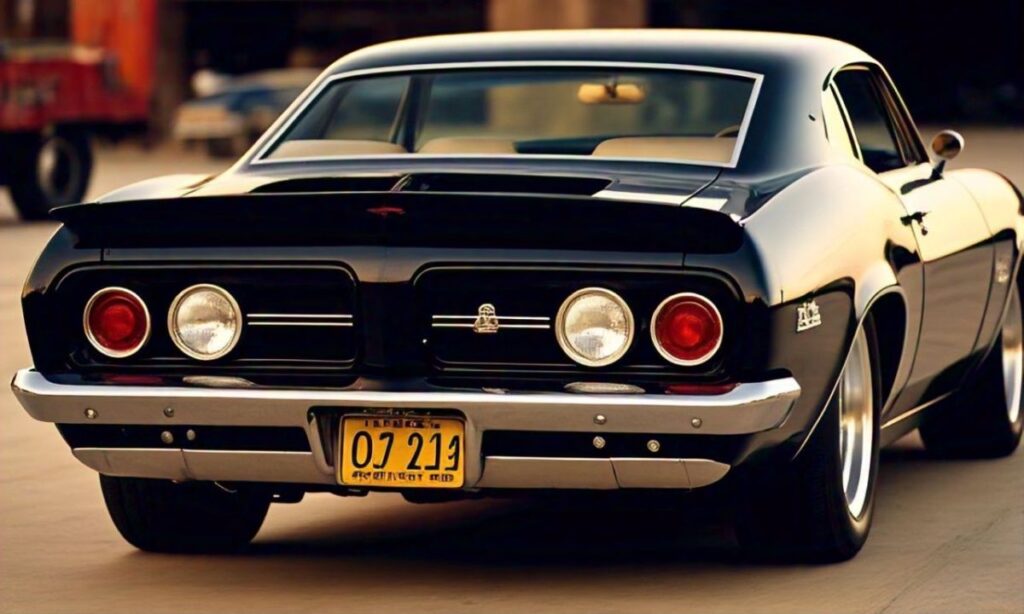
Engine: 400-cubic inch V8
Horsepower: 370 hp
Performance: The GTO Judge Ram Air IV stood out for its unique styling and exceptional performance capabilities.
The GTO Judge Ram Air IV offered performance and styling that was hard to beat. Its distinctive looks and powerful V8 engine made it one of the most unique muscle cars of the era. The GTO Judge became an instant classic, known not only for its performance but also for its vibrant colors and bold designs, including its signature “Judge” badging.
1970 Dodge Challenger R/T Hemi
Engine: 426 Hemi V8
Horsepower: 425 hp
Performance: Known for its bold styling and exceptional performance, the Challenger R/T Hemi was a true muscle car.
The 1970 Dodge Challenger R/T Hemi was designed to stand out on the street, with its aggressive looks and powerful Hemi engine. It was a formidable contender in the muscle car market, often pitted against the likes of the Ford Mustang and Chevrolet Camaro. With its powerful 426 Hemi V8, the Challenger R/T delivered impressive acceleration and top speeds that made it a favorite among muscle car enthusiasts.
1969 Chevrolet Camaro ZL1
Engine: 427-cubic inch V8
Horsepower: 430 hp
Performance: The Camaro ZL1 is known for its rarity and incredible performance, making it one of the most sought-after muscle cars.
With only a few models ever made, the 1969 Chevrolet Camaro ZL1 is a rare gem among muscle cars. Its powerful 427 V8 engine, capable of 430 horsepower, gave it exceptional performance, making it one of the fastest cars of its time. The ZL1 was designed for both street and track performance, and it quickly became a fan favorite. Its rarity and performance capabilities have only increased its value over the years.
1970 Ford Mustang Boss 302
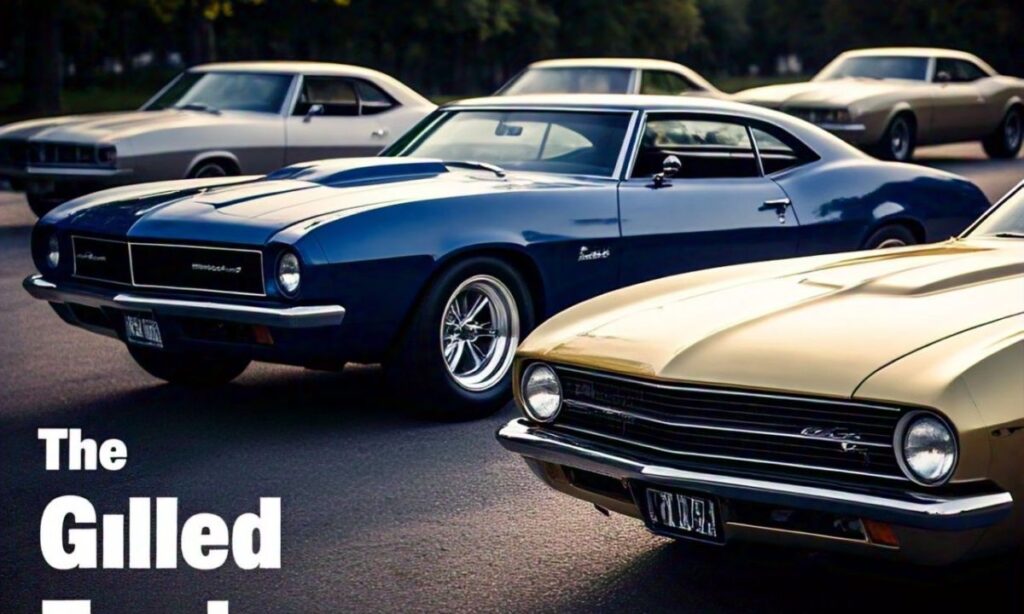
Engine: 302-cubic inch V8
Horsepower: 290 hp
Performance: Designed for Trans-Am racing, the Mustang Boss 302 remains one of the most iconic muscle cars of the era.
The 1970 Ford Mustang Boss 302 was built for speed and competition. Its 302 V8 engine and distinctive looks made it a standout model among muscle cars. This car was engineered for performance, with a focus on agility and handling, making it a fierce competitor on the race track. The Mustang Boss 302’s combination of style, performance, and speed helped it become an enduring icon in American muscle car history.
Frequently Asked Questions (FAQs)
What defines a muscle car?
A muscle car is an American-made vehicle typically equipped with a powerful engine, usually a V8, and designed for high performance, offering a combination of speed, power, and aggressive styling.
When did the muscle car era begin?
The muscle car era began in the mid-1960s when manufacturers like Pontiac, Chevrolet, and Dodge introduced powerful vehicles with a focus on performance and speed.
Are muscle cars still being produced today?
While traditional muscle cars from the 1960s and 1970s are no longer in production, modern versions like the Dodge Challenger and Ford Mustang continue the muscle car legacy with updated designs and technologies.
What is the most valuable muscle car?
The 1970 Plymouth Hemi ‘Cuda is considered one of the most valuable muscle cars due to its rarity and incredible performance.
Why are muscle cars so popular?
Muscle cars are popular because they offer a unique blend of power, performance, and nostalgic value, capturing the essence of a thrilling driving experience.
What makes the 1969 Dodge Charger R/T stand out?
The 1969 Dodge Charger R/T is known for its iconic design and powerful engine. Its 440 Magnum V8 engine made it a standout, and it became famous in pop culture through “The Dukes of Hazzard.”
How does the 1970 Chevrolet Chevelle SS 454 compare to other muscle cars?
The Chevelle SS 454 stands out with its 450 horsepower and powerful 454 V8 engine, combining great performance with smooth handling, making it one of the top muscle cars of its era.
What made the 1969 Ford Mustang Boss 429 a performance icon?
The 1969 Ford Mustang Boss 429 was engineered for both street and racing performance, with its powerful 429 V8 engine and precise design making it one of the most coveted muscle cars of all time.
Conclusion
The muscle car era of the 1960s and 1970s left an indelible mark on the automotive world, characterized by raw power, aggressive styling, and cutting-edge performance.
These iconic cars, including the 1970 Plymouth Hemi ‘Cuda, 1969 Dodge Charger R/T, and 1970 Chevrolet Chevelle SS 454, represent the pinnacle of muscle car engineering.
Today, their legacy continues to inspire modern automotive designs and continues to captivate enthusiasts worldwide. These machines are a reminder of a time when power, speed, and style ruled the streets.
Read more informationhttps://techyspirtz.com/
Visit my other websitehttp://verbvictories.online

David is a seasoned SEO expert with a passion for content writing, keyword research, and web development. He combines technical expertise with creative strategies to deliver exceptional digital solutions.
